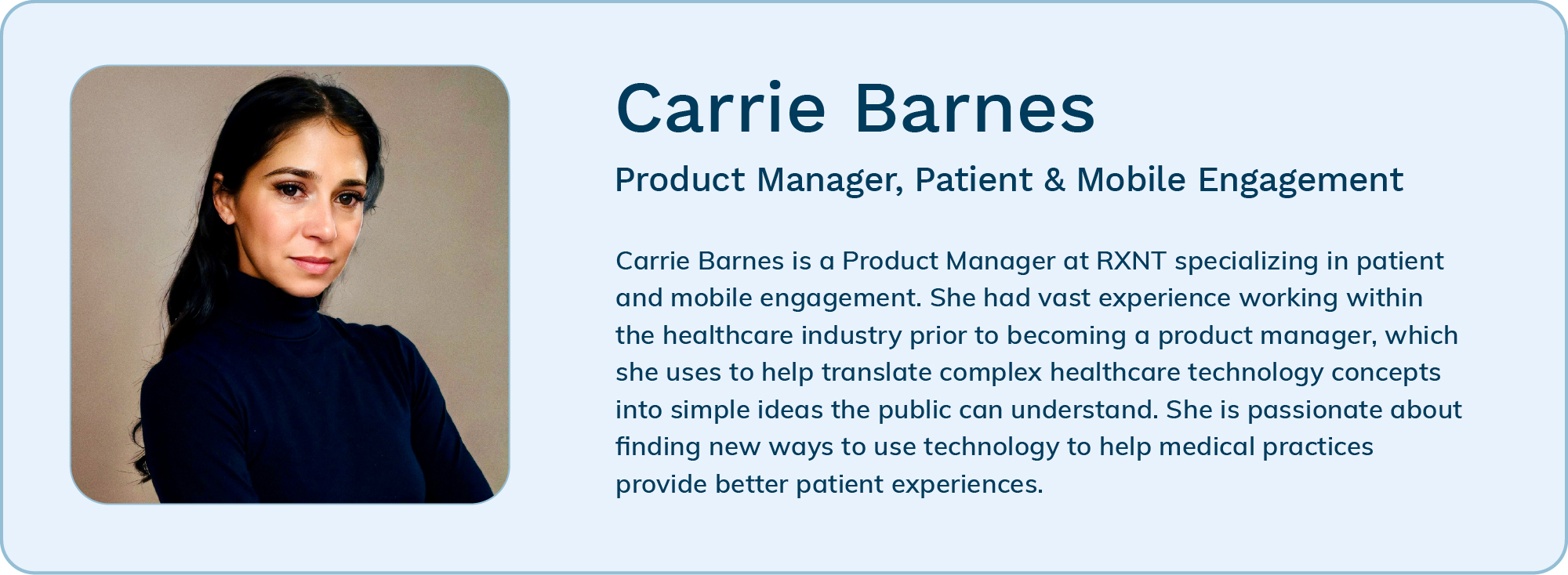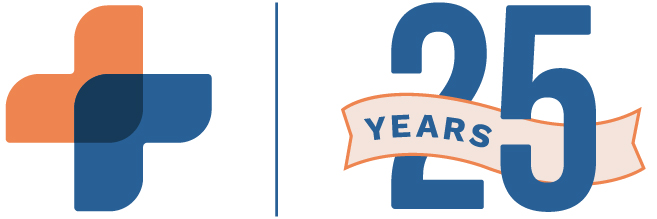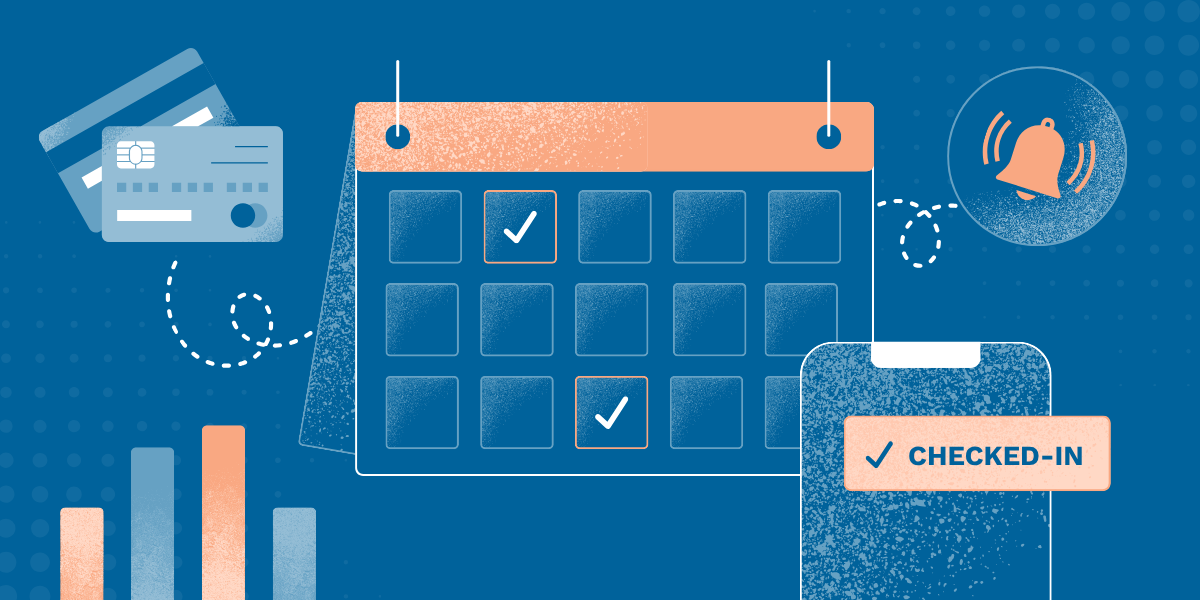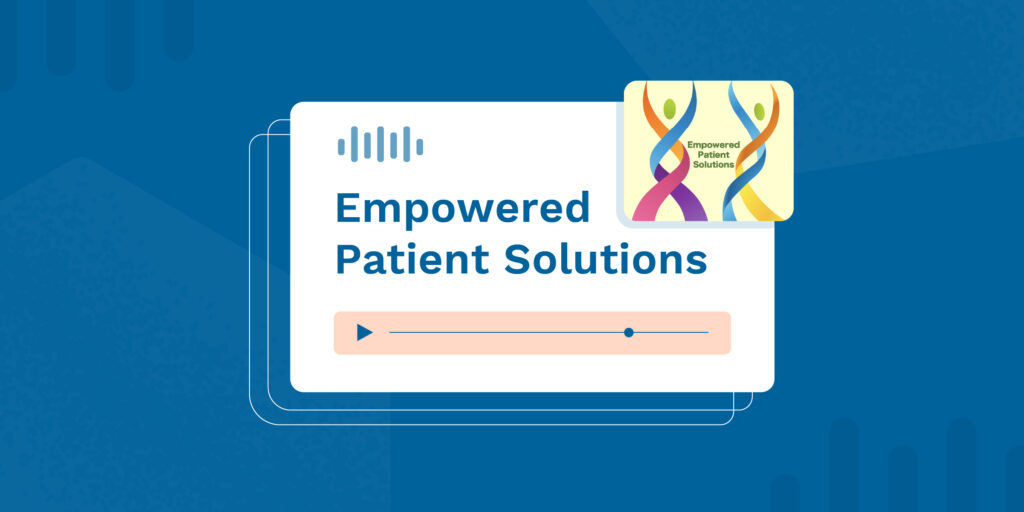Patients today expect a smooth, efficient scheduling process. It’s what sets the tone for their entire experience and gives them an idea of what they can expect when they arrive for their visit.
Patients today expect a smooth, efficient scheduling process. It’s what sets the tone for their entire experience and gives them an idea of what they can expect when they arrive for their visit. Moreover, a smooth scheduling process creates a foundation for operational efficiency and better patient outcomes.
Unfortunately, inefficiencies in scheduling remain a common pain point. According to a recent study, the average wait time for a new patient appointment in the U.S. hit an all-time high of 38 days in 2024. Meanwhile, missed appointments cost the U.S. healthcare system an estimated $150 billion annually.
Clearly, the way forward is smarter, tech-powered scheduling that puts patients in control while lightening the administrative load for staff. Below, we’ll explore five steps practices can take to improve patient scheduling and elevate the overall patient care experience.
Streamline Scheduling with Contactless Patient Enrollment (CPE)
The patient experience starts well before anyone steps into a practitioner’s office. When patients are stuck playing phone tag or filling out clipboards in the waiting rooms, it can sometimes set the wrong tone.
Contactless Patient Enrollment (CPE) lets patients register directly through a provider’s website or patient portal. With RXNT’s CPE, for example, patients can self-enroll from any device.
With the right CPE solution, practitioners can improve:
- Efficiency: Reduce administrative workload and shorten wait times.
- Accuracy: Minimize data entry errors that can lead to billing issues.
- Engagement: Give patients a sense of ownership over their care from the very beginning.
Offer Patients the Option to Self-Schedule Appointments
Today’s patients expect the same level of convenience from healthcare as they do from online banking or retail. In fact, one source found that 59% of patients expect their digital healthcare experience to align with retail, meaning ease of use and convenience are more important than ever to consumers.
Self-scheduling tools—often accessible through patient portals—let patients view availability and book appointments without needing to call the office. For example, RXNT’s MyRXNT platform allows patients to schedule, view, and manage their appointments on their own time if the feature is turned on by the facilitating practice, giving them the flexibility and convenience they expect.
With self-scheduling tools, patients enjoy benefits such as:
- Convenience: These tools empower patients to book and schedule on their own time.
- Accountability: Patients have an easier time managing and prioritizing their healthcare.
- Reduced no-shows: Scheduling appointments on their own typically results in more follow-through from patients.
Take Check-in and Billing Processes Online
By equipping patients with tools to check in ahead of their visit and make payments up-front, your practice can drastically reduce in-office bottlenecks and minimize friction at the front desk. This self-service option eliminates the need for lengthy documentation at check-in, giving your team more time to focus on patient care.
Today’s patients want that flexibility as well, with 67% of consumers preferring online payments for medical bills. Offering secure digital tools like MyRXNT, which allows patients to check in and make co-pays or deposits online, aligns with these preferences and can improve collections.
Learn more about MyRXNT check-in and payment features here.
Send Auto-Reminders Ahead of Patient Appointments
Missing appointments is a common occurrence among patients, with 30% admitting to missing one simply because they forgot. While that may seem like a small oversight, missed appointments quickly add up to lost revenue, wasted staff time, and delays in care for other patients who could’ve filled those time slots. For providers, this creates serious scheduling inefficiencies and strains on daily workflows. For patients, it can mean delays in diagnoses, prolonged symptoms, or even worsened health outcomes, especially for those managing chronic conditions.
Automated reminders sent via SMS, email, and phone calls are an easy way to decrease no-shows, save time, and improve the patient experience. Plus, it helps keep practice schedules on track and frees up staff time spent on phone calls.
Make the Most of Your Scheduling with Reporting and Analytics
Inefficient scheduling creates ripple effects throughout your entire practice — double-booked appointments, last-minute cancellations, unbalanced provider workloads, and long patient wait times. These issues not only frustrate patients but also burn out staff and limit how many people your practice can serve. The American Medical Association (AMA) found that 57% of physicians identify reducing administrative burdens through automation as the top opportunity for new technology, specifically AI, in healthcare.
That’s where reporting and analytics come in. Data-driven insights allow teams to spot patterns in no-shows, peak scheduling times, appointment lead times, and other trends that impact your bottom line.
For example, RXNT’s “Form Insights” and “Practice Insights” dashboards offer real-time visibility into scheduling activity, allowing teams to pinpoint bottlenecks and make informed adjustments. Insights like the “Appointment Status” report, for instance, let users track the frequency and reasons behind cancellations, giving much-needed insight into how to proactively reduce them.
Smarter Scheduling Starts with the Right Tools
Efficient patient scheduling is the backbone of a smooth, patient-centered practice. From streamlining patient registration to leveraging data-driven insights, every small step toward automation helps reduce administrative burden, increase patient satisfaction, and ultimately boost your practice’s bottom line.
With RXNT, practices have the necessary tools to simplify scheduling, reduce no-shows, and give patients more control over their healthcare journey. Because RXNT is built with both patients and providers in mind and offers a complete suite of digital tools, healthcare practices can create the modern front experience that today’s patients expect.
Ready to learn more about RXNT’s scheduling and patient engagement solutions? Schedule a demo now.






